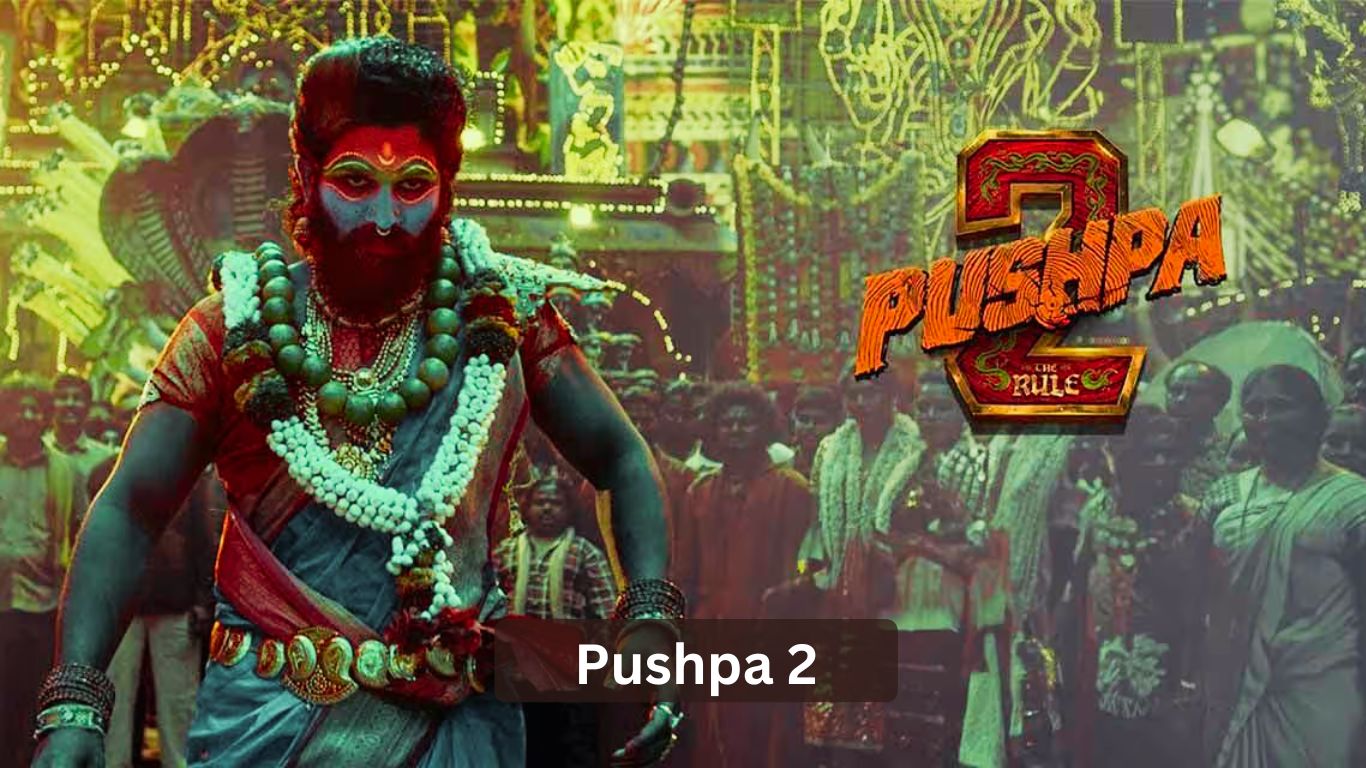Behind the Camera: The Unsung Heroes of Film Production
When we think about the magic of cinema, the images that come to mind are often of glamorous movie stars walking the red carpet, directors calling the shots on set, or the electrifying scenes that grace our screens. But while these figures bask in the limelight, a cadre of dedicated professionals works tirelessly behind the scenes, often without recognition. These individuals—ranging from production assistants to cinematographers—are the unsung heroes of film production, crafting the artistry and logistics that bring stories to life.
The Backbone of Production: Crew Members
At the heart of any film production lies a vast team of crew members, each playing a pivotal role in the filmmaking process. Production assistants, commonly referred to as PAs, are often the first point of contact on set. Their responsibilities can be diverse, from managing schedules and coordinating equipment to providing support to various departments. Despite their entry-level status, PAs are essential to the smooth running of a production, often working long hours for little recognition.
The grip and electric teams are another crucial component, ensuring that everything runs smoothly behind the scenes. Grips are responsible for setting up and taking down equipment, managing lighting rigs and rigging, and ensuring the set is safe and functional. The electrics team, meanwhile, works closely with the cinematographer to achieve the desired lighting, carefully adapting to the director’s vision. Both groups often work in demanding conditions, adjusting to the unpredictable nature of outdoor shoots or tight indoor sets, all while keeping the production on schedule.
The Visionaries: Cinematographers
No cinematic experience can flourish without the expertise of the director of photography (DOP) or cinematographer. Often an artist in their own right, a cinematographer is responsible for capturing the film visually, working to create the mood, emotion, and atmosphere of each scene. Their work involves understanding the script, collaborating with the director to interpret the aesthetic vision, and making technical decisions about camera angles, lighting setups, and shot composition.
The choice of lens, the play of shadows, and the depth of focus speak volumes in the language of film, and the cinematographer is the primary storyteller in this visual poetry. Unfortunately, they frequently operate in the shadow of the director, yet their influence can elevate a film’s visuals from mundane to breathtaking.
The Craft of Sound: Sound Designers and Engineers
Another integral yet often unseen aspect of film production is sound design. Sound designers and engineers work diligently to create the auditory experience that enhances the visual narrative. They do everything from recording on-set dialogue to crafting the ambient sounds that envelop viewers in the film’s world. Foley artists mimic everyday sound effects in post-production, breathing life into a scene with sounds that audiences may not consciously notice but feel subconsciously.
In today’s digital age, sound design has evolved into a complex field, with innovative technologies enabling soundscapes that immerse viewers further into the film’s setting. The synchronization of sound with visuals is an art form in itself, making the work of sound professionals crucial to a film’s success.
The Creative Minds: Editors and Production Designers
Editing is where the final shape of the film is forged. Editors painstakingly cut together footage, selecting the best takes, refining pacing, and crafting the overall narrative flow. They work collaboratively with the director, fusing performances and scenes into a cohesive story that resonates with audiences. This often involves making tough decisions, trimming beloved scenes for better narrative impact, and adding visual effects that seamlessly blend into the film.
Additionally, production designers create the physical environments in which the film plays out. From selecting locations to constructing sets and designing props, they breathe life into the story’s world. The surroundings establish tone and mood, acting as silent characters that shape the narrative’s experience.
Conclusion: A Collaborative Art
The film production process is a collaborative effort. Each professional, no matter how big or small their role, contributes to the success of the project. While it’s easy to celebrate the faces we see on screen, it’s essential to acknowledge and appreciate the hard work and creativity of those behind the camera—the unsung heroes of film production. Their dedication crafts the cinematic experiences that captivate our hearts and imaginations. As viewers, we owe it to these artists to recognize that every frame of a film is a testament to teamwork, vision, and passion, embodying the spirit of collaboration in storytelling.















